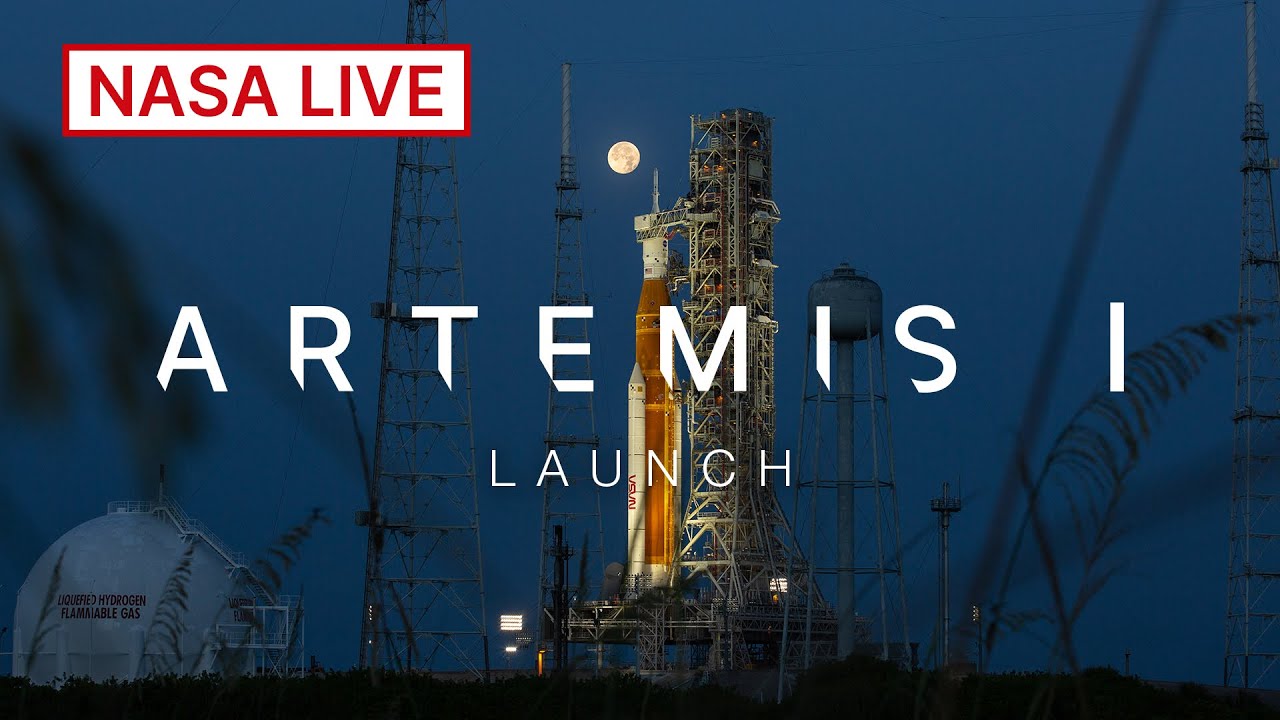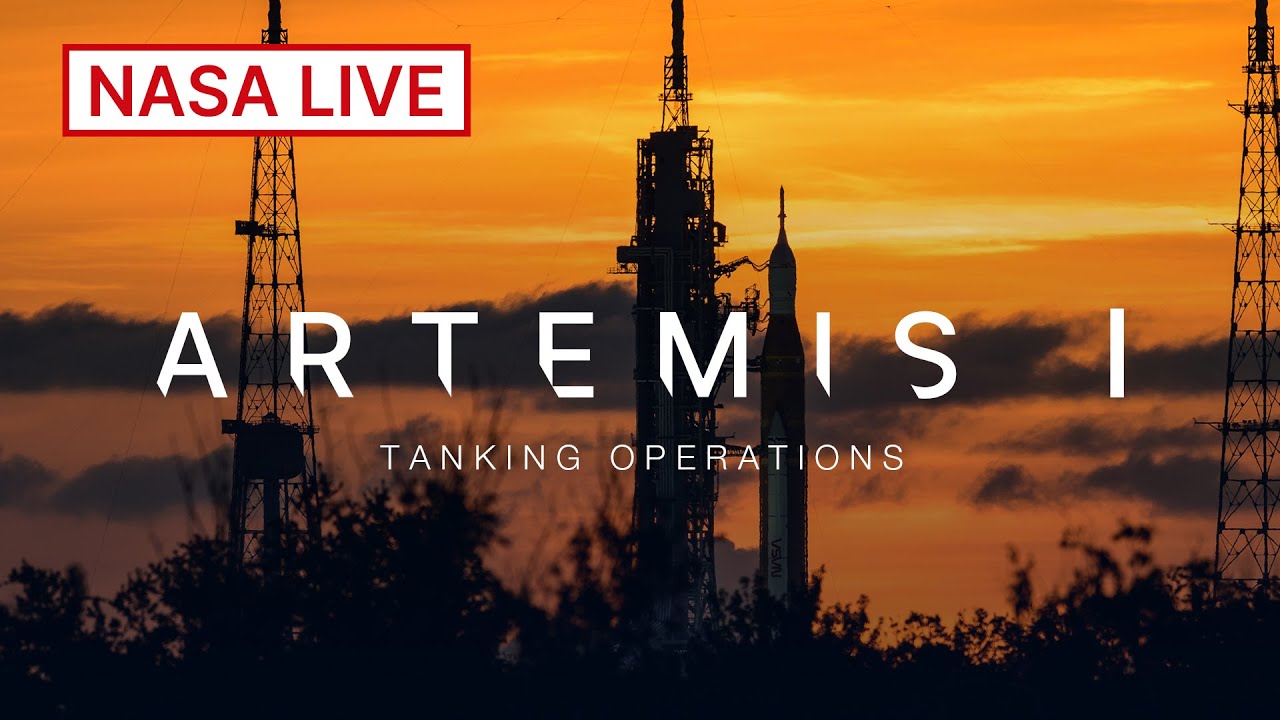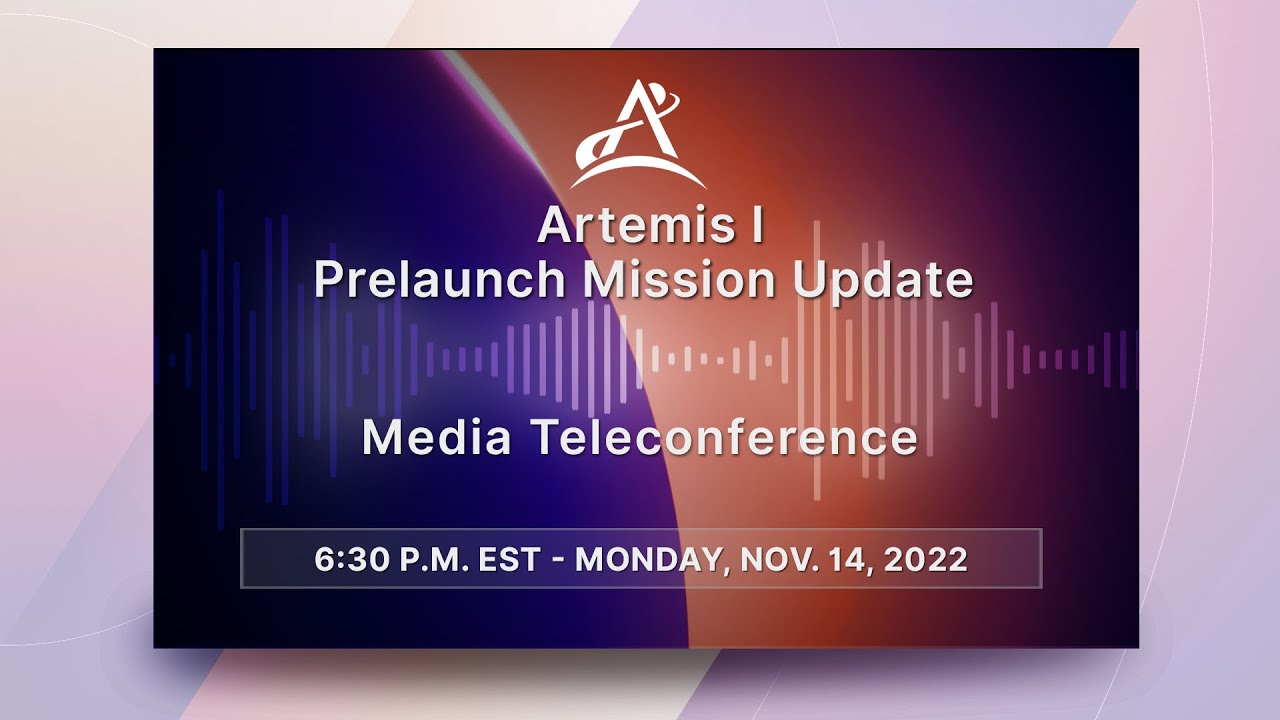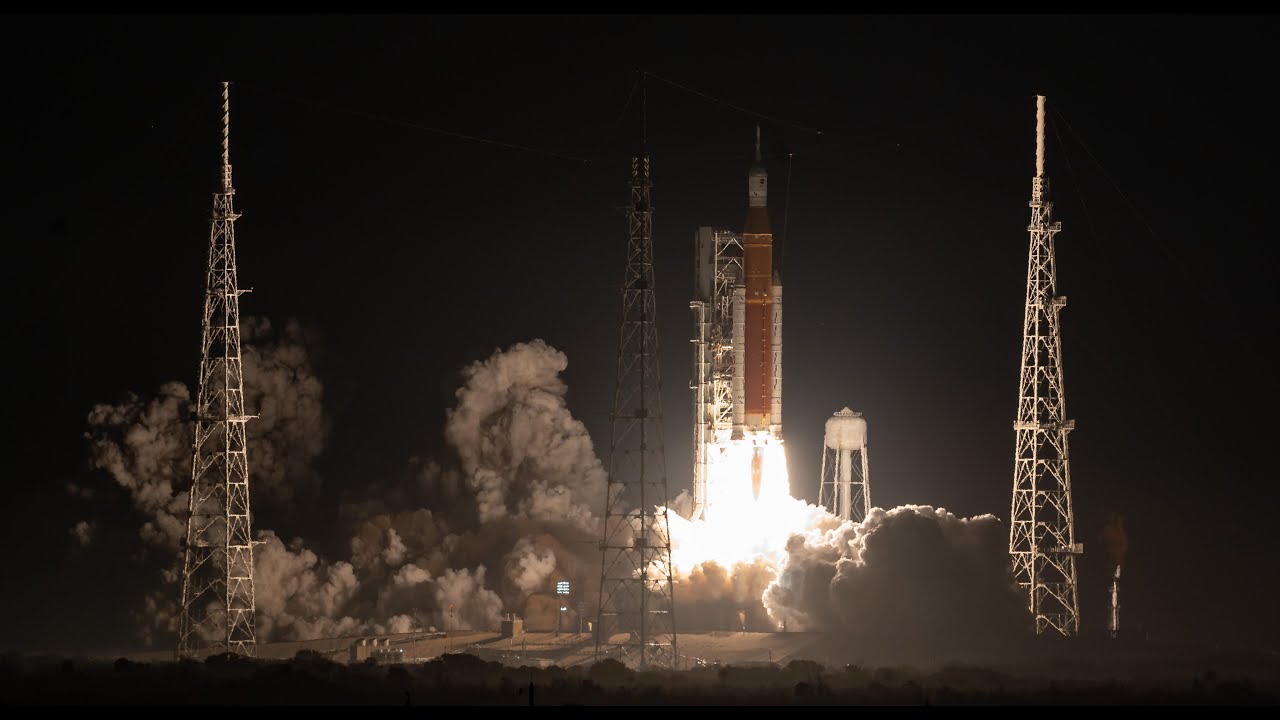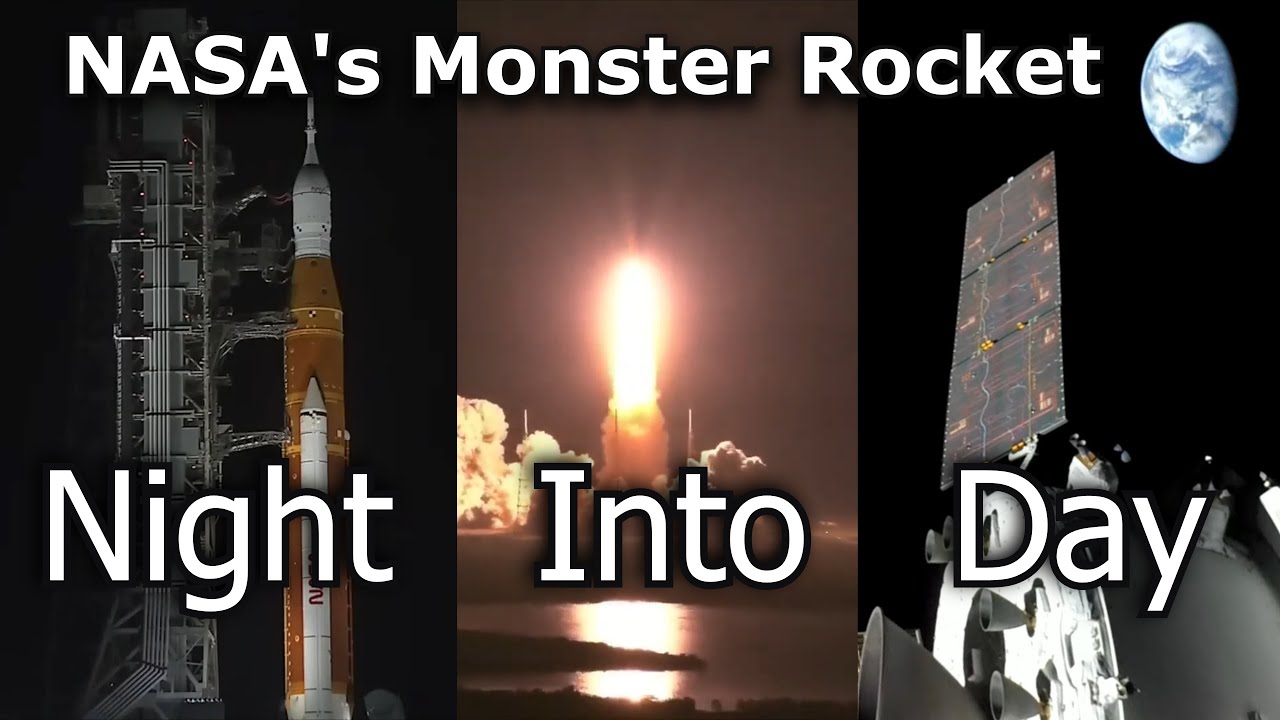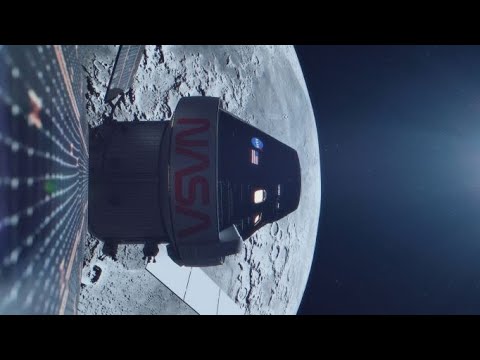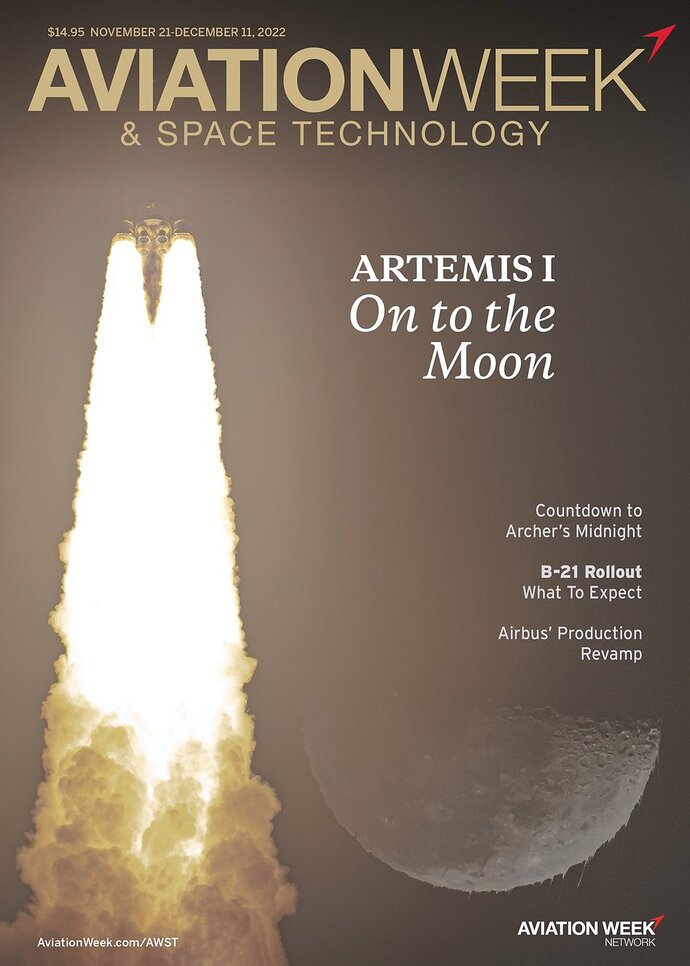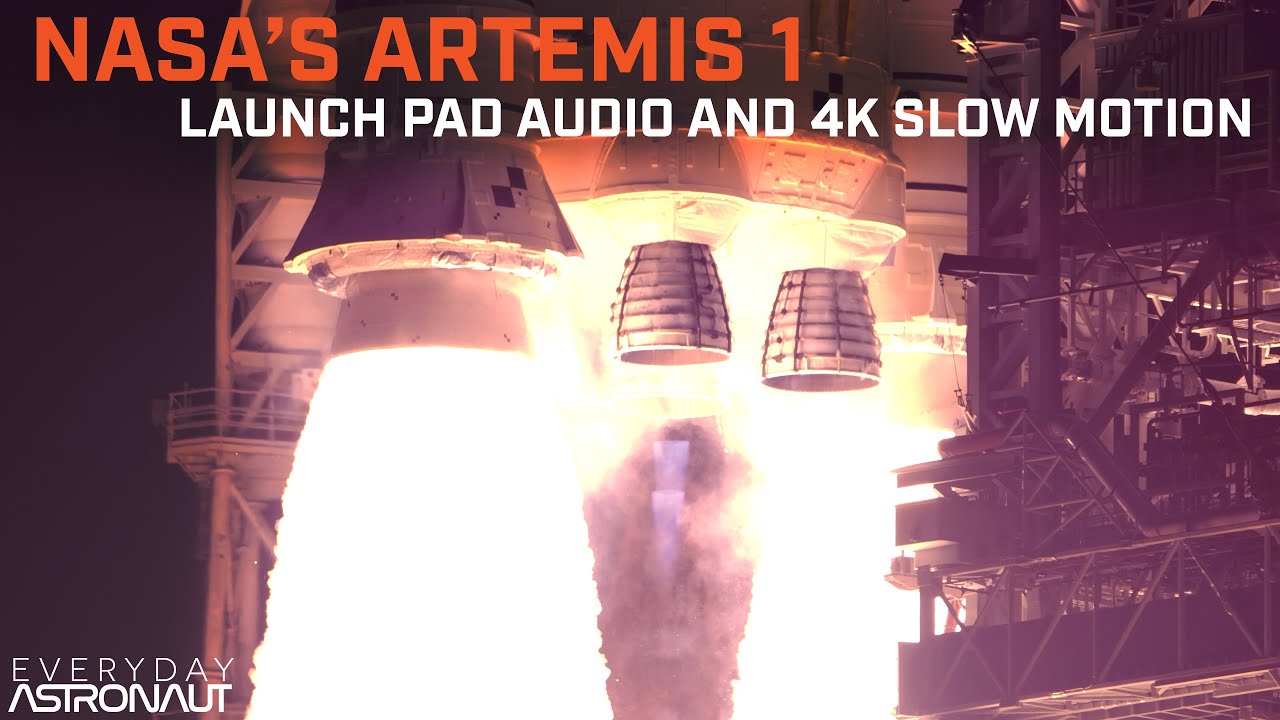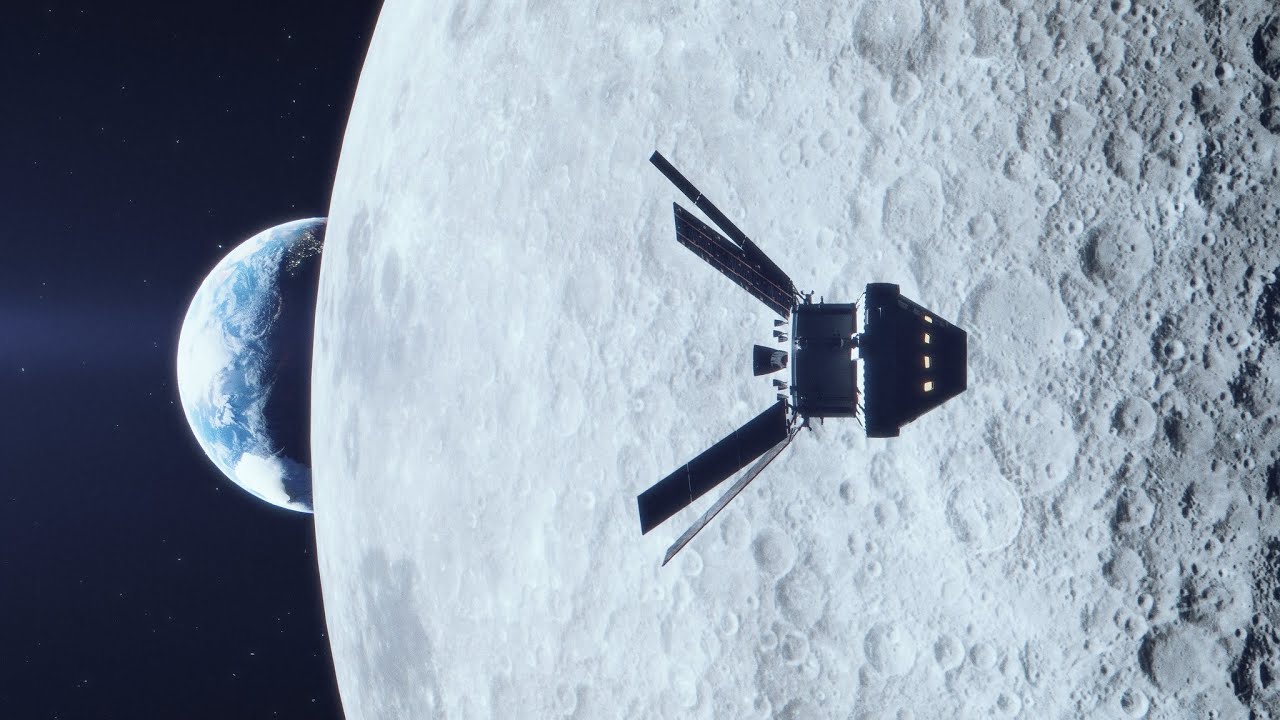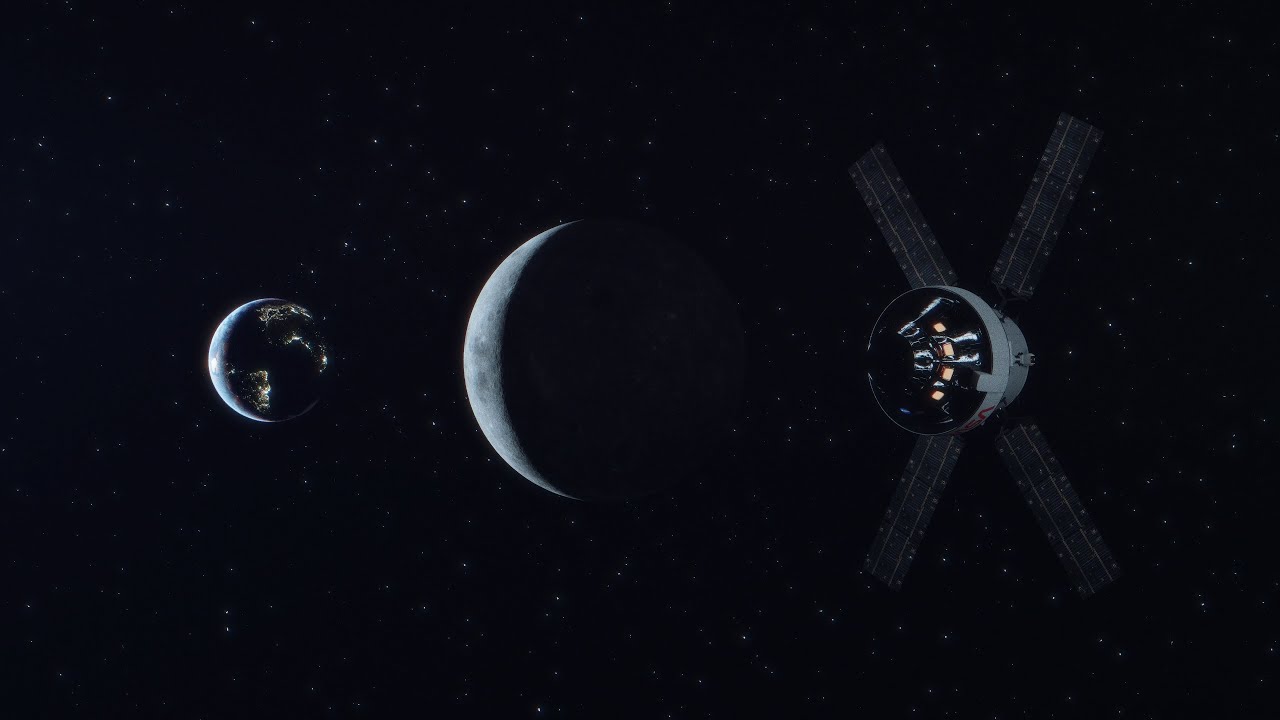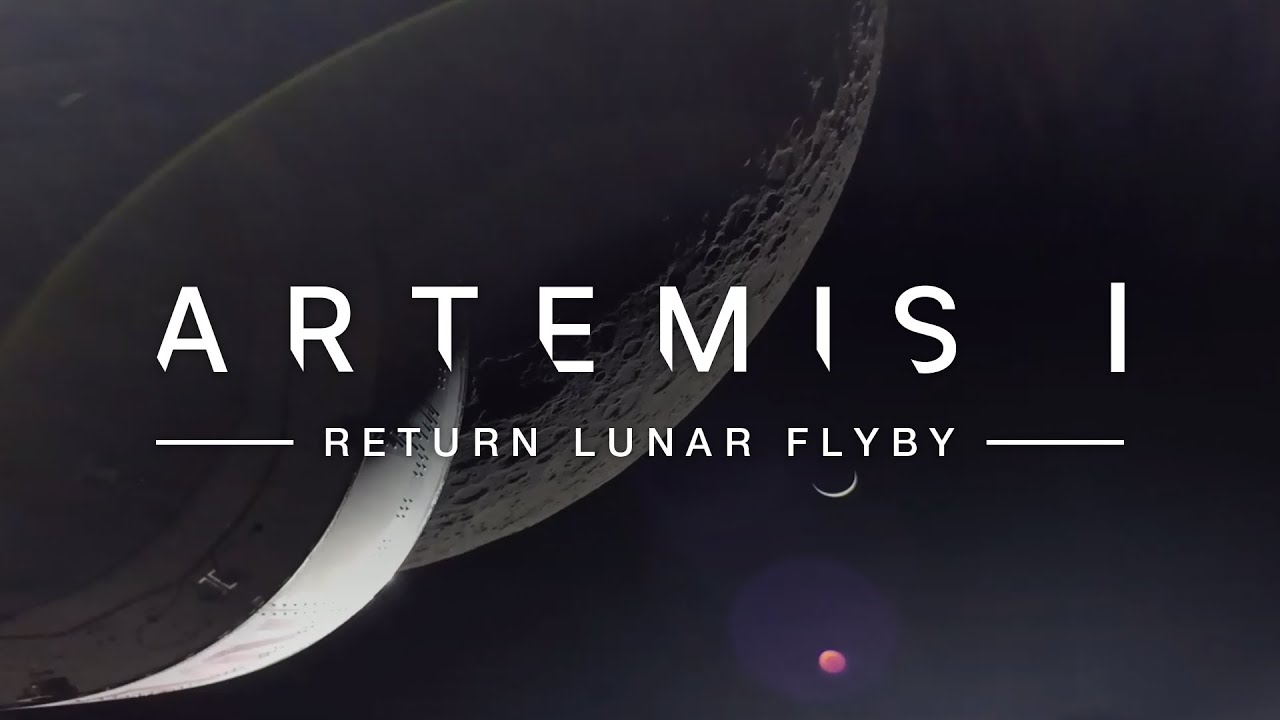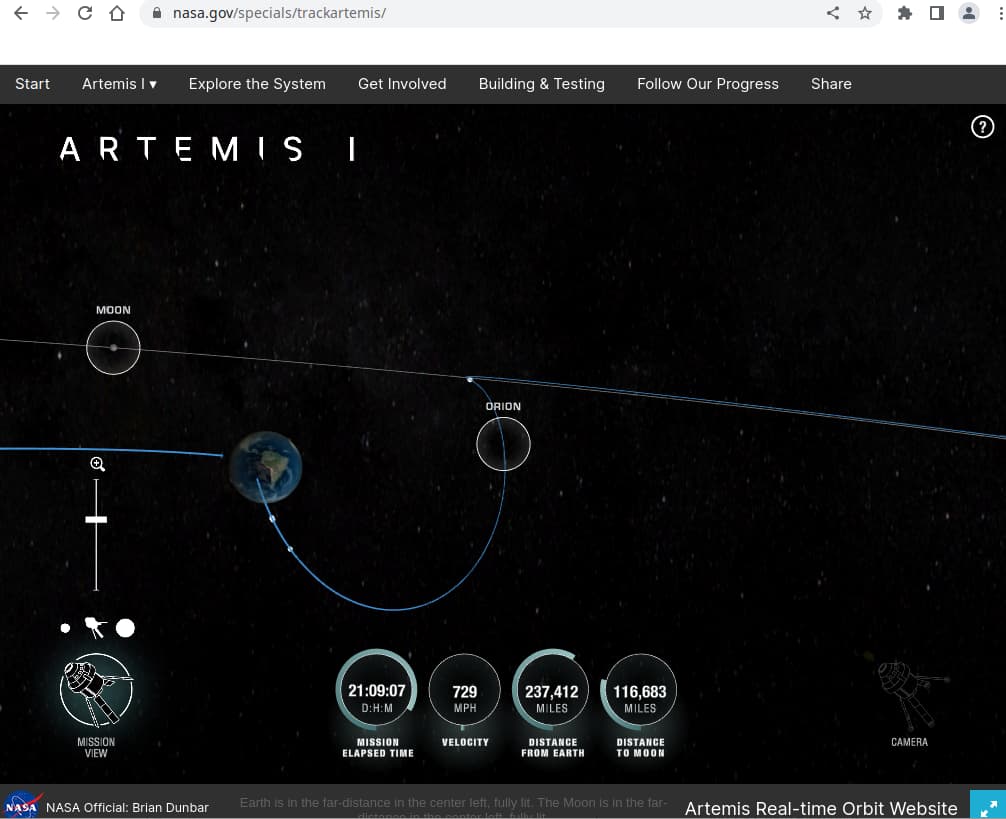In 2017, Eric Berger of Ars Technica published a prediction from an industry source he respects, off the record, that “the first SLS launch will probably come around 2023”. This caused a flutter and even anger from SLS fans, but turned out to be “about” right six years later. If you go by U.S. government fiscal years, we’re already five weeks into 2023.
In October 2020, the same source predicted that NASA would award a sole-source contract for the Artemis Human Landing System to SpaceX. Most analysts had dismissed SpaceX’s bid, which required development of Starship, Super Heavy, and orbital re-filling, in favour of the more conventional bids from Blue Origin and Dynetics. Berger tweeted his source’s speculation on 2020-10-28:
FWIW this same source, who has absolutely no ties to SpaceX, recently speculated that Starship would eventually walk away with the Human Landing System contract because of its rapid hardware development.
Six months later, NASA stunned almost everybody by doing precisely what Berger’s oracle had predicted.
A few days ago, Berger asked the “space prophet” when he envisioned the Artemis III mission actually landing on the Moon. Originally planned for 2024, it is now scheduled for “no earlier than 2025”. He asked, “Do you think Artemis III will actually happen?” The guru responded, “My starting point is 2028.” and added “It may happen in 2028, but I’m not sure it will be on SLS.”
Could NASA, faced with increasing budget pressure and glacial progress on SLS, re-architect the Artemis III lunar landing mission to use Starship entirely, or Crew Dragon as the crew transport vehicle? Berger notes, “Whether this actually happens will come down to execution—which of SLS, Orion, and Starship can demonstrate safe spaceflight?—and politics. When going before lawmakers, it will be difficult for NASA to sell a SpaceX-only lunar mission. But at some point, pragmatism may trump politics.”
Read the whole thing, “The oracle who predicted SLS’s launch in 2023 has thoughts about Artemis III”.
